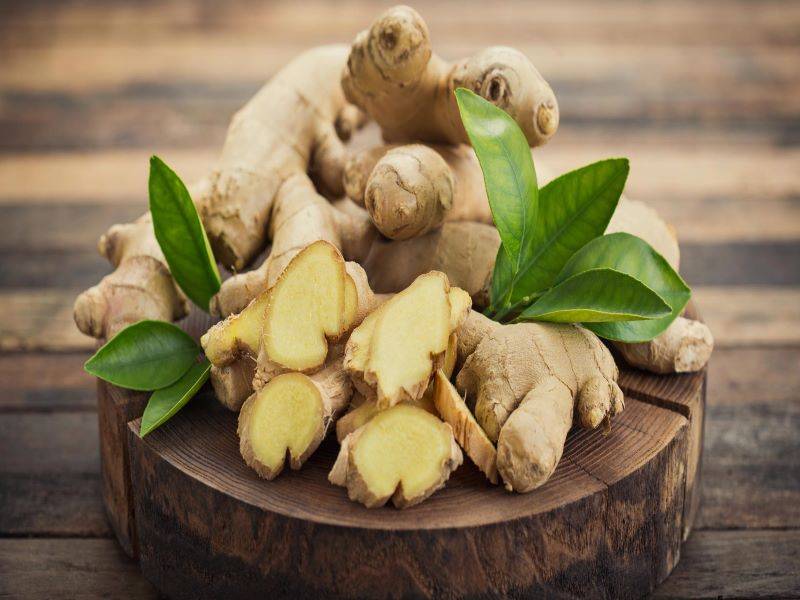
Ginger is one of the most important spices in Kerala. It is best grown in humid places and requires well-ventilated, well-drained and well-drained soil. Ginger is suitable for intercropping in coconut groves in Kerala. It can be grown as an intercrop for the first three to four years in new rubber plantations.
Ginger can be planted during moderate rains and grows best when there is abundant rainfall. The rainy season is the best time to harvest. Therefore, in today's inaccurate climate, it is important to ensure that adequate water is available. The cost of rainfed agriculture is relatively low. The average growth period of ginger is 7-8 months. Therefore, in Kerala, the crop is harvested between April-May and December-January.
Cultivation
When cultivating ginger, it is important to keep in mind that once planted, the same area should not be cultivated for at least two years. The continuous selection of the same area for ginger cultivation increases the risk of diseases including blight.
The soil in Kerala is generally sour. Therefore it is advisable to add lime at least 2 weeks before planting ginger at the rate of 2 kg per cent. The lime from which the mussels are stretched should be mixed with the soil and lightly moistened. Ginger can be planted here a week later. Grow bag cultivation yields 100 to 800 g of green ginger from shop ginger. Ginger can be obtained from a basin 10 feet long and 3 feet wide.

Seeds are harvested in December-January and sown in April-May. Seedlings can be stored in soil, chambers or pots without regular watering.
In well-ploughed soils, beds of half a foot or one in height should be made at a spacing of one-and-a-half feet, three feet wide and ten feet long. Manure can be applied to these beds one week after plastering. Manure can be applied at the rate of 100 tons per acre. In the beds prepared in this way, small holes can be dug at a distance of one and a half channels (20 cm) for sowing seeds. Depth of pits to 5-10 cm. About 50 seeds can be planted in a seedling bed 3 feet wide and 10 feet long. It can hold about one kg of seeds. About 500-600 kg of seed is required per acre. Trichoderma can be sown in small pits and covered with manure.
Manure
After planting, cover the soil and cover the beds with greenery. Fertilizer should be balanced. Apply 12 tons of manure per acre. It is best to mix three or four organic fertilizers. 20 g of phosphorus-dissolving germ and azospirillum can be applied to a basin. PGP in the beds. Adding R Mix - 2 will prevent soft spot disease.
















